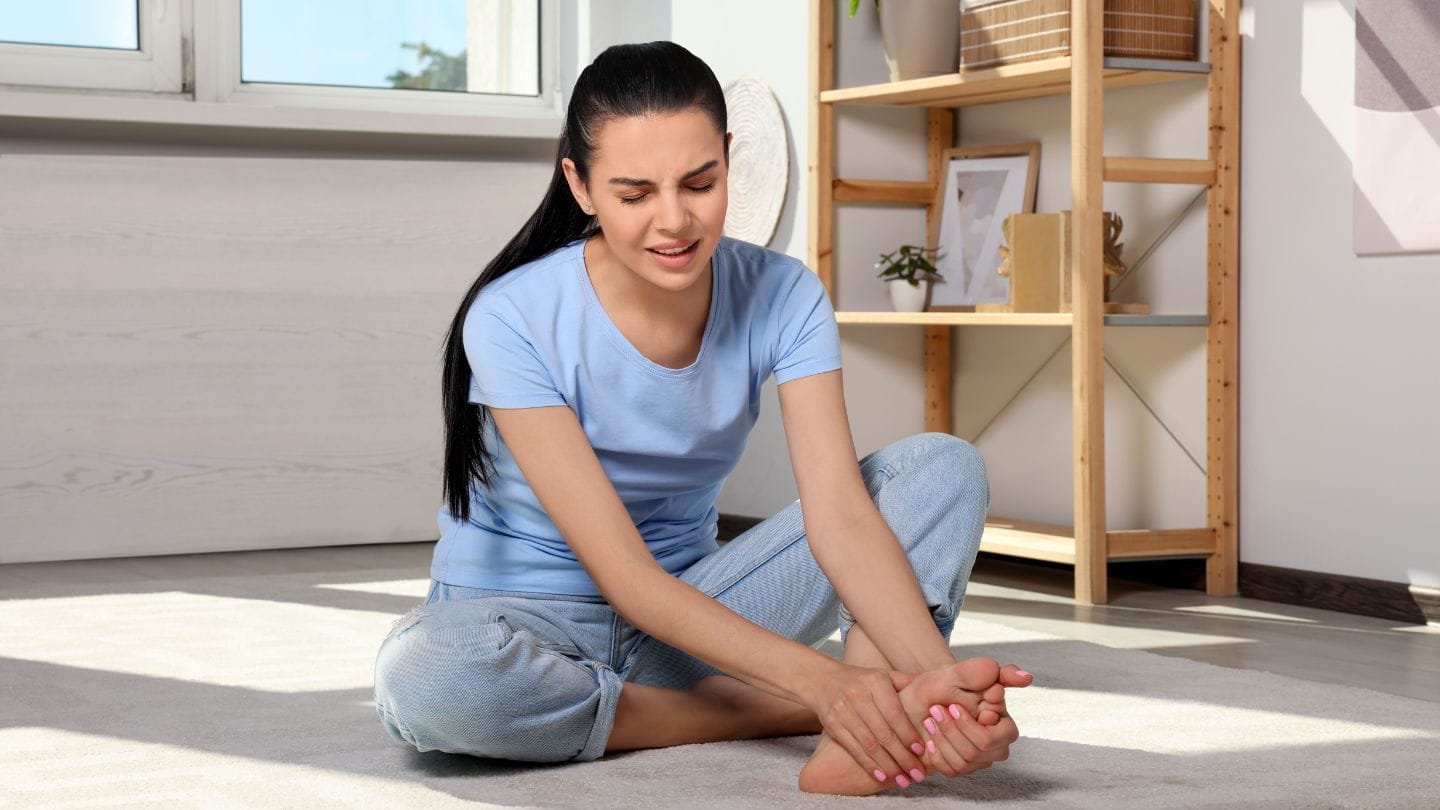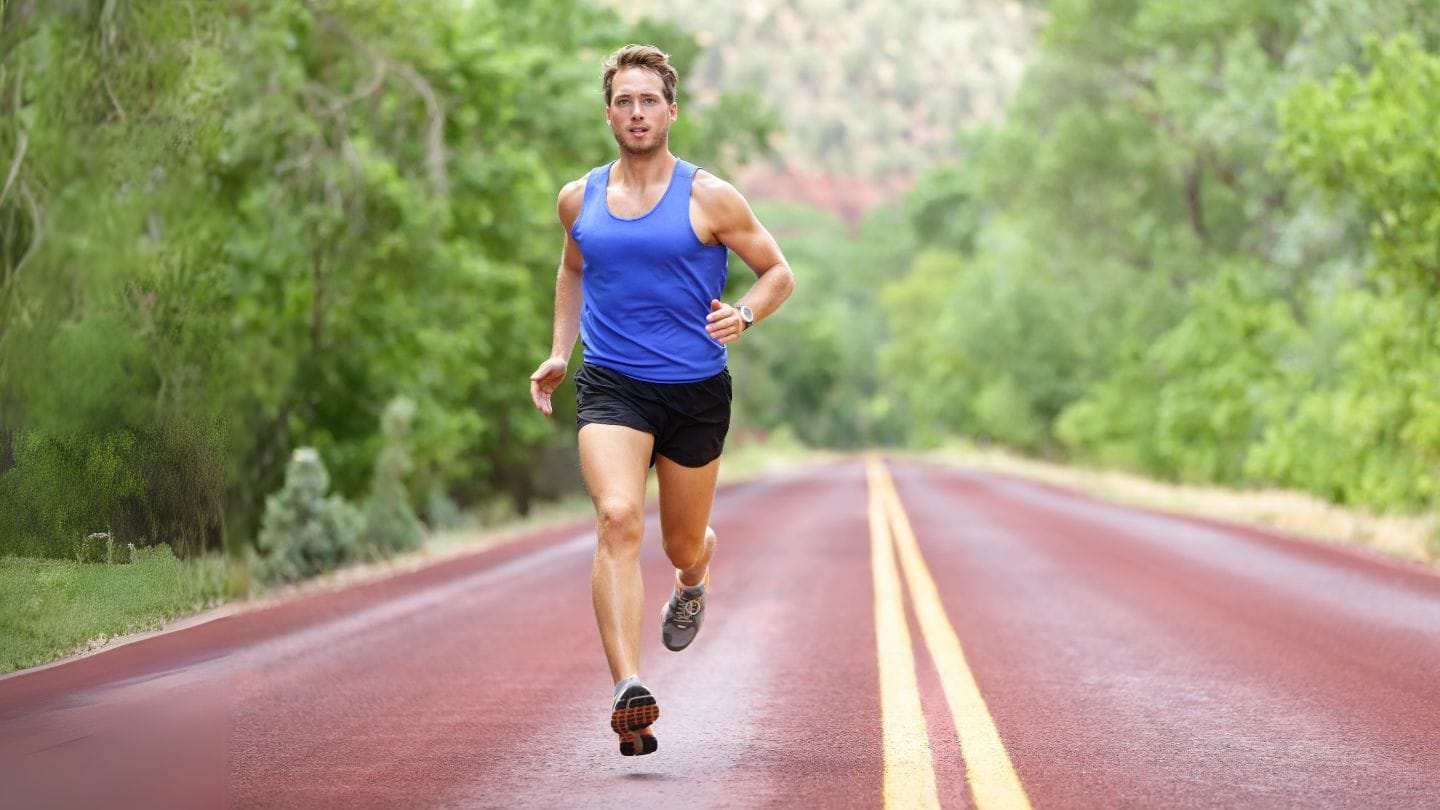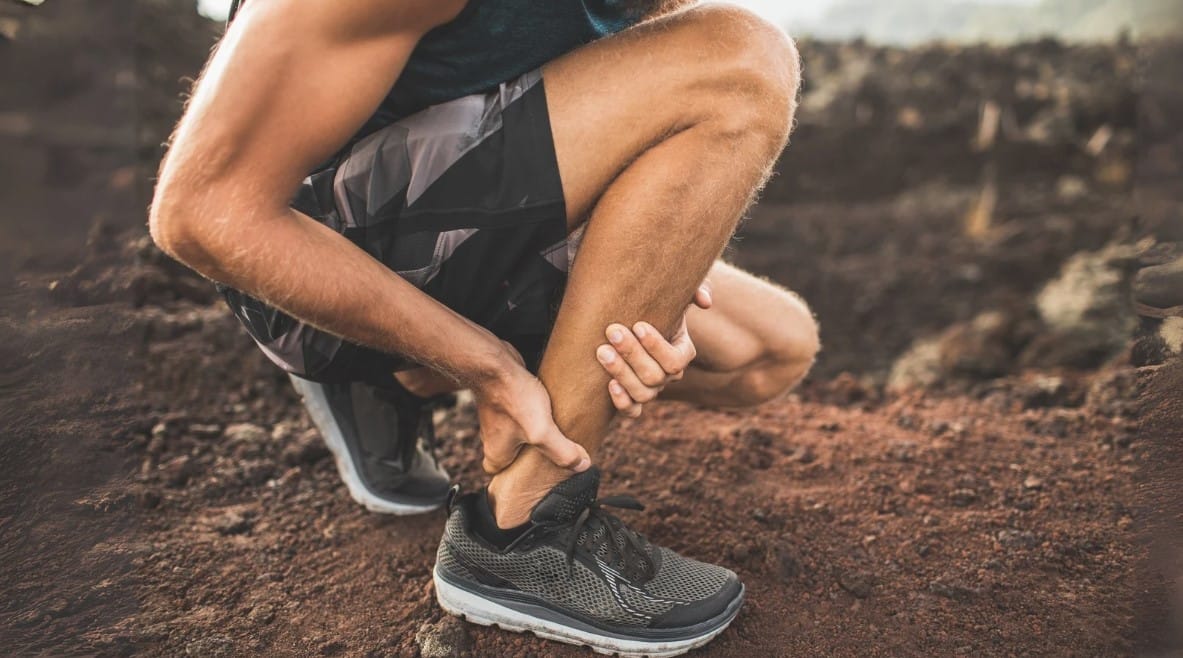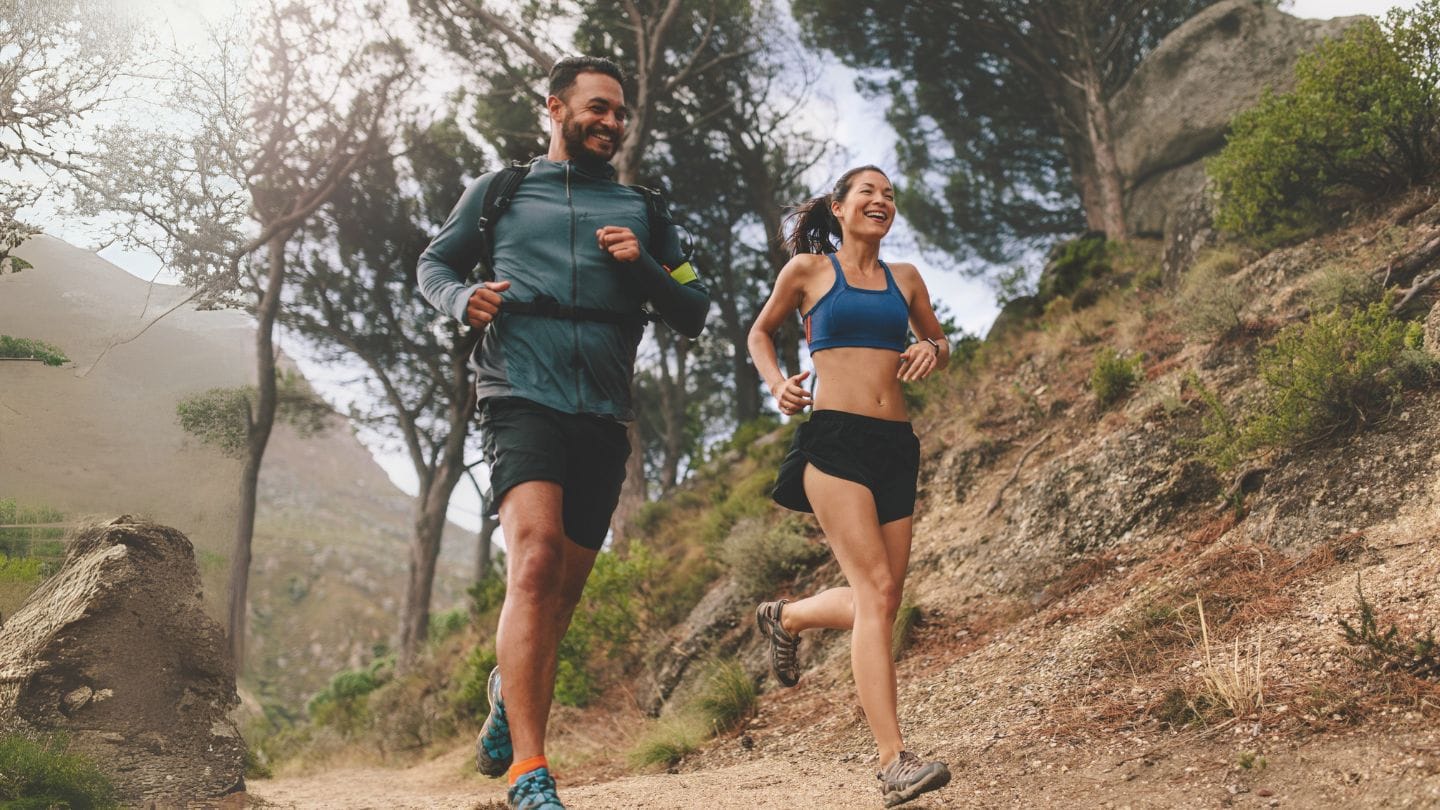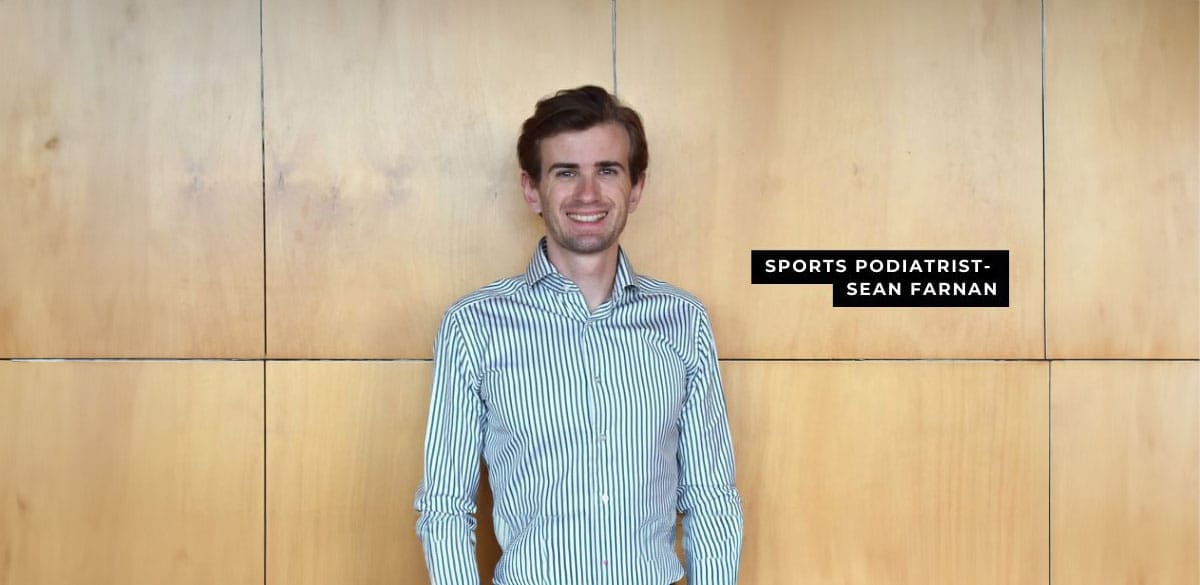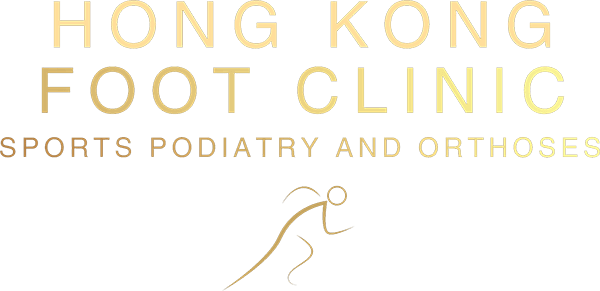Imagine you’re halfway through a long hike, the sun beating down and the fresh air fueling your every step. Suddenly, you feel that familiar, irritating burn on your heel. A blister is forming and just like that, your adventure can start to be uncomfortable.
Whether you’re hiking, running, playing soccer, or simply enjoying a day outdoors, blisters can be a discomfort and painful companion. But what if you could help stop them before they even start?
How do blisters form?
Blisters develop when repeated friction, pressure, or irritation causes the upper layers of skin to separate, allowing fluid to fill the gap. This process helps protect deeper layers of skin from damage but may also lead to pain and restricted movement. Blisters often develop on the feet and toes, commonly due to friction from footwear – particularly when your shoes are too tight!
Common areas for blisters on feet include:
- Heels: The back of the foot is especially prone to friction from improperly fitted shoes.
- Toes: Tight-fitting or poorly designed footwear can create rubbing, leading to the development of a blister on your big toe or other areas of the foot.
Are there different types of blisters?
Yes, there are several different types of blisters common to the feet and toes, including:
- Friction blisters: Often caused by repetitive rubbing during sports or walking.
- Water-filled blisters on feet: Result from a combination of moisture and friction.
- Blood blisters: Typically caused by pinching or trauma to the skin.
- Double blisters: A double blister on your foot can occur when deeper layers of skin are affected by prolonged irritation.
Practical tips for blister prevention
1. Select footwear carefully
Properly fitted shoes can aid in minimising friction, which is a primary cause of blisters on feet. Look for shoes that are snug but not tight and ensure there is enough room for your toes to move freely. Wearing new shoes for shorter periods initially may help reduce the likelihood of blisters.
2. Use blister-free running socks
Consider investing in blister-free running socks, which can assist in reducing friction and wick away moisture. Materials such as merino wool or synthetic blends may offer some relief in keeping your feet dry.
3. Keep your feet dry
Excess moisture may increase the risk of water-filled blisters on feet. Opt for moisture-wicking socks and use foot powder to absorb sweat during activities.
4. Consider blister prevention products
Products like pads, creams, or tapes can offer support by reducing friction and protecting areas prone to blisters, such as the big toe or heels. These can be particularly useful during prolonged physical activity.
5. Ease into new footwear
Gradually increasing wear time with new shoes may allow your feet to adjust, potentially minimising friction and the chance of developing double blisters or other issues.
Managing existing blisters
While there is no magic shoe blister remedy, there are some steps you can follow to support healing. If you have a blister on your foot, here are answers to some common questions on blister care:
- Should you pop blisters on your feet?
Avoid popping blisters unless it is absolutely necessary. If popped, ensure proper cleaning and cover with a sterile dressing to minimise the risk of infection.
- Should I cover a blister?
You can protect the blister with a bandage to cushion the area and help reduce further irritation.
- What else should you do?
Keep the area clean and dry to support natural healing.
- How long does it take for a blister to heal?
Blister healing times can vary depending on size and location, but most resolve within several days to a week.
How can we help?
At Hong Kong Foot Clinic, our team offers assessments and advice to help address foot and ankle concerns. We work closely with patients to develop personalised treatment plans to suit your unique needs.
If you’re experiencing discomfort or want to learn more about blister prevention, contact us to discuss your needs.
Disclaimer
All information is general and not intended as a substitute for professional advice. Hong Kong Foot Clinic can consult with you regarding your individual health needs.
References:
- Cleveland Clinic, Blisters, https://my.clevelandclinic.org/health/diseases/16787-blisters [Accessed 20 January 2025]
- Cleveland Clinic, Should You Pop a Blister? https://health.clevelandclinic.org/blisters-causes-treatments-and-why-you-should-never-pop-them [Accessed 20 January 2025]
- DermNet, Friction Blister, https://dermnetnz.org/topics/friction-blister [Accessed 20 January 2025]


